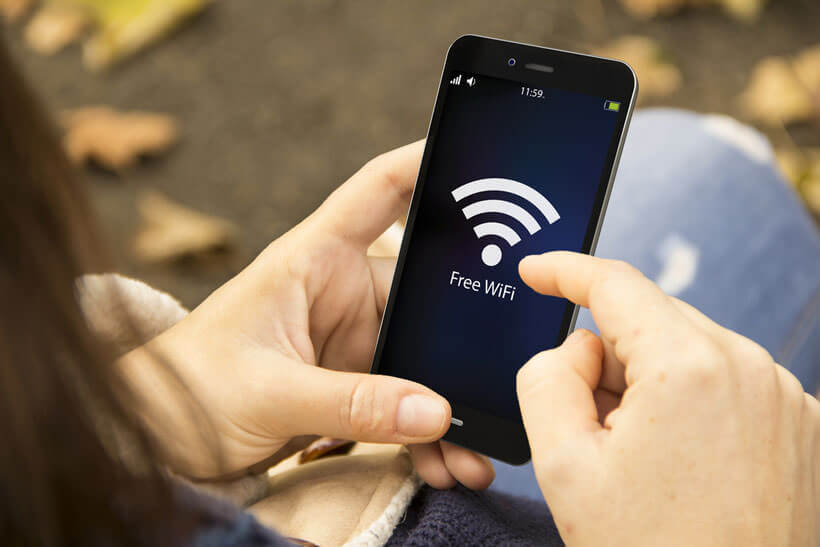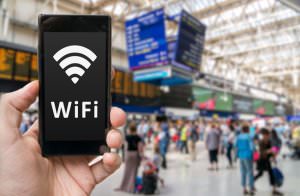Just because the vast majority of wireless routers have their own firewall to protect you from the clutches of the Internet doesn’t mean you’re efficiently protected from others connected to the same network. In fact, it is incredibly easy to access somebody’s data by stealing their username and password with the help of various types of software (a quick Google search for such software yields over 250k results in less than a second, so you get the picture). Don’t take that chance, make sure to always be as safe as possible.
We’re going to help you do just that – we’ll inform you which the most important settings are, as well as how to change your settings to the appropriate level of security every time you are using a public network.

First, let’s discuss which settings and apps can (and will) make you safe[r]. The first thing you need to do is make sure your Windows firewall is always switched on. While it cannot protect you from anything more serious than a script kiddie, it will surely block out some of the basic intrusive nuisances.
The second thing you need to do is turn off sharing. Sharing everything is fine as long as you are sharing files, printers, or even allowing remote login from other computers on your home network. If you’re on a public network, it’s paramount to turn these things off, as anyone can access them – they don’t even need to be a hacker.
Next thing you want to do is use HTTPS and SSL whenever you are able to. Regular website connections over HTTP exchange lots of plain text over the wireless network you’re connected to and if you happen to be the target of a potential hacker, you’re in for a bad time – a person with the right skills and bad intent can easily sniff out that traffic.

It may not be that big of a deal if you are writing an essay on the types of tea your grandmother likes to drink on Tuesdays, but it’s absolutely a big deal when it’s the password to your e-mail account, credit card number, address, phone number, etc.
Using HTTPS for visiting websites or enabling SSL when using applications that access the Internet, that’s what the cool kids do when they want to stay safe. What it does is that it encrypts the data passed back and forth between your computer and the web server you are connected to. Many websites like Facebook, Gmail, and others will do it automatically, but always make sure that there’s an “S” in the “HTTP” of your URL. Sometimes, it will be there when you start using the website but it can disappear after a while – if that happens, log out immediately. But all of these are jut precautions – what you really want to do is start using VPNs.
 Not all sites offer SSL protection, and if you want to use other search engines and e-mail providers, you might still be vulnerable to people watching your activity. If you really insist on using these things, you may want to try using a VPN. Since they let you route all your activity through a separate, secure, and private network, they give you the security of a private network, even if you are actually using a public one. There are tons of VPNs to choose from, ranging from simple and free variants to the complex ones that offer advanced features.
Not all sites offer SSL protection, and if you want to use other search engines and e-mail providers, you might still be vulnerable to people watching your activity. If you really insist on using these things, you may want to try using a VPN. Since they let you route all your activity through a separate, secure, and private network, they give you the security of a private network, even if you are actually using a public one. There are tons of VPNs to choose from, ranging from simple and free variants to the complex ones that offer advanced features.
If you have no clue how all these technical things work, we would recommend CyberGhost or Hola Unblocker as simple, free options. Install them on your computer, turn them on whenever you are using a public network, and you’ll be much safer than without them.